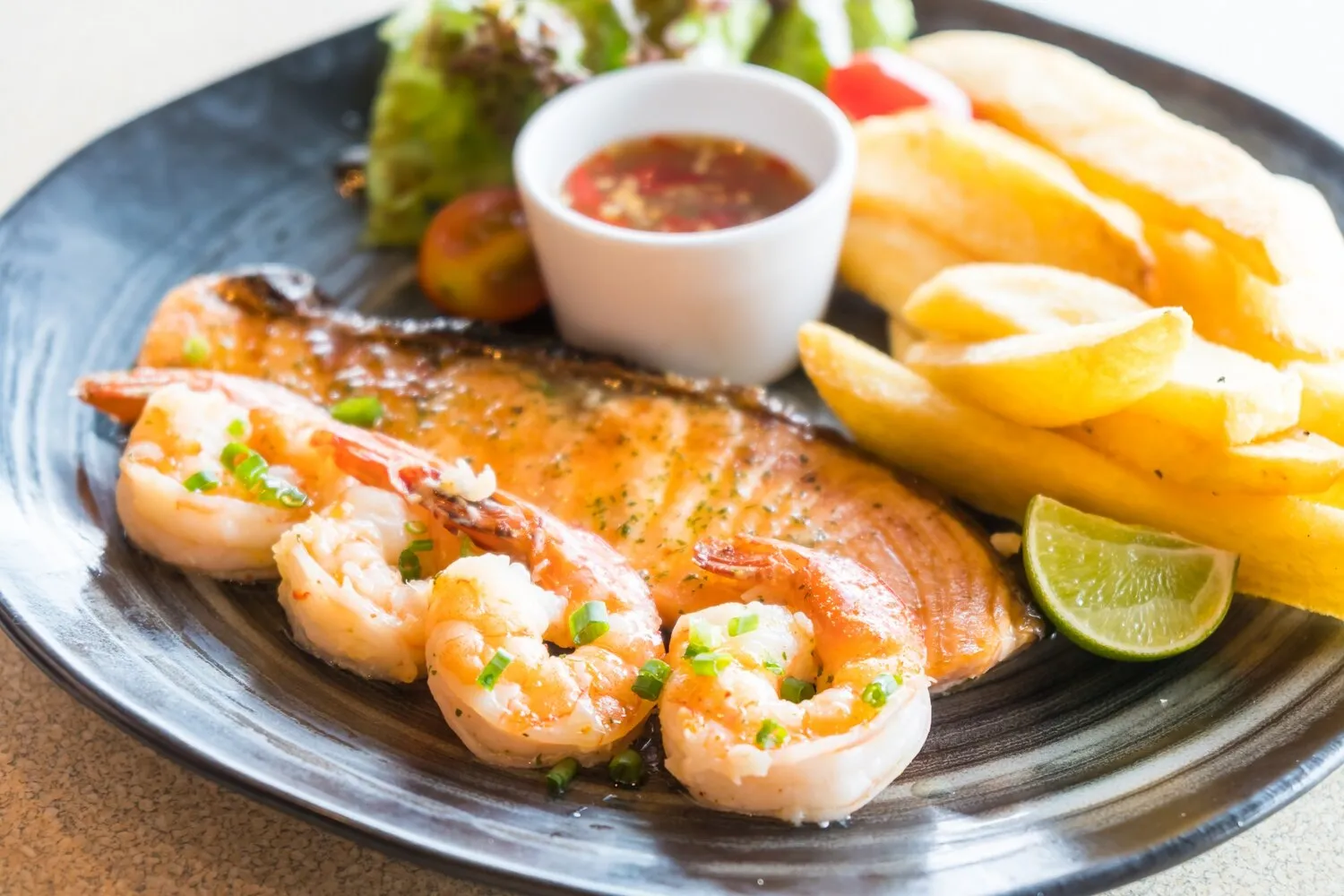
Dim Sum
A variety of steamed or fried dumplings, buns, and rolls. Popular for lunch and brunch.
Nutrition Facts
* The % Daily Value (DV) tells you how much a nutrient in a serving of food contributes to a daily diet. 2,000 calories a day is used for general nutrition advice.
Silver Dragon Restaurant
Dim Sum originated in the teahouses of Guangdong province during the Qing Dynasty. As travelers on the Silk Road needed a place to rest, teahouses began serving small snacks alongside tea. Over time, these snacks evolved into the elaborate and diverse culinary tradition known as Dim Sum.
Dim Sum is more than just a meal; it's a social and cultural experience, often enjoyed with family and friends during 'yum cha' (tea drinking). It represents a communal style of dining and emphasizes sharing and conversation.
Yum Cha
'Yum cha,' which translates to 'drink tea,' is intrinsically linked to dim sum. The ritual involves selecting various dim sum dishes to accompany tea, creating a leisurely and social atmosphere.
Family Gatherings
Dim Sum is often a central part of family gatherings, particularly on weekends and holidays. It's a time for families to come together, share food, and catch up with one another.
Communal Dining
The shared nature of Dim Sum encourages interaction and conversation around the table. Dishes are typically placed in the center, allowing everyone to sample and enjoy together.
Dim Sum boasts a wide array of flavors, ranging from savory and umami to sweet and tangy. The focus is on creating balanced and complementary flavors within each bite-sized piece.
Common flavor profiles include savory combinations of pork, shrimp, and vegetables seasoned with soy sauce, ginger, garlic, and sesame oil. Sweet variations often feature fillings like red bean paste, lotus seed paste, or custard. Steamed dishes tend to be lighter and more delicate, while fried dishes offer richer, more intense flavors. Common ingredients include wheat starch, rice flour, bamboo shoots, mushrooms, water chestnuts, and various meats and seafood.
Tea Etiquette
Offer to pour tea for others before pouring it for yourself. Tap two fingers on the table to thank someone for pouring you tea.
Ordering Strategy
Start with a variety of dishes to get a feel for the restaurant's specialties. Order in rounds to avoid overwhelming the table and to keep the food fresh and hot.
Chopstick Usage
Avoid sticking chopsticks upright in a bowl of rice, as it resembles incense offerings for the deceased. Use the provided chopstick rests when not using them.
Explore additional Cantonese dishes and restaurants
Explore CantoneseDiscover top dining spots and culinary experiences in White Rock.
Explore White RockLearn more about the food culture, restaurant scene, and culinary heritage of Canada.
Explore Canada